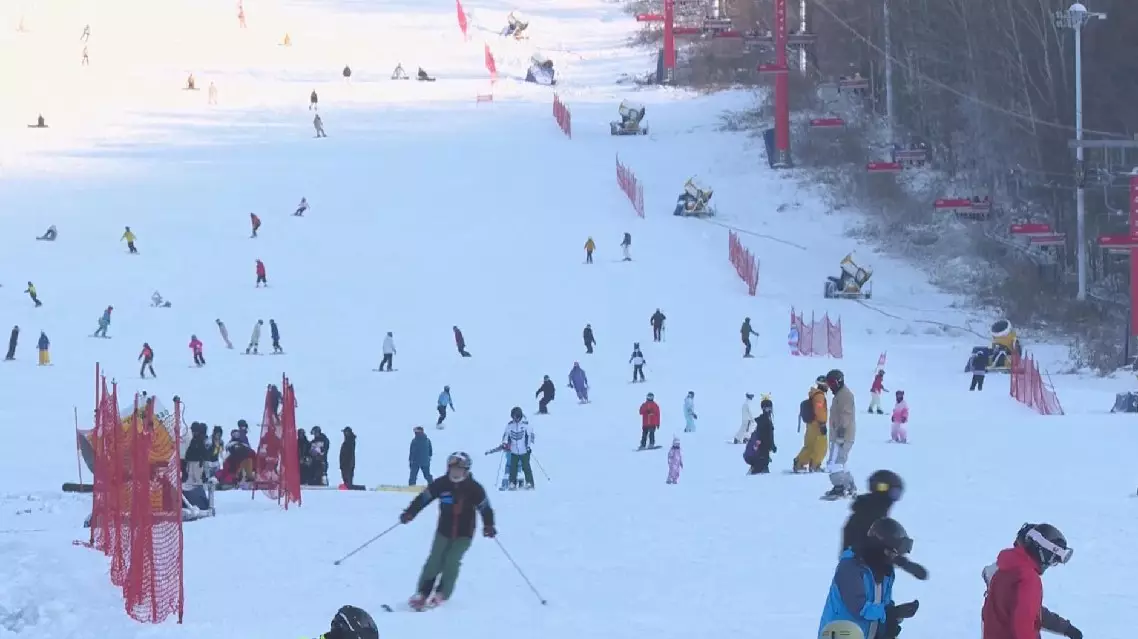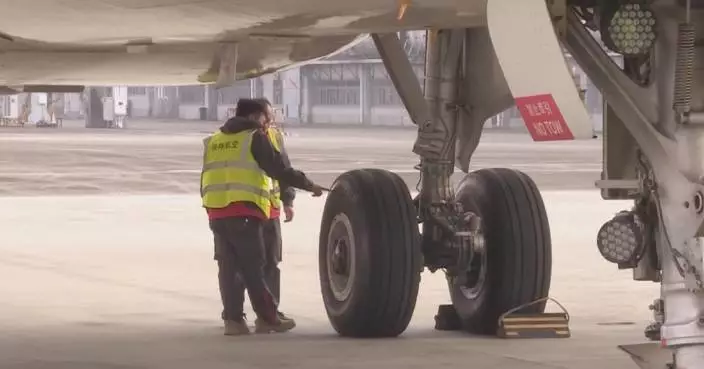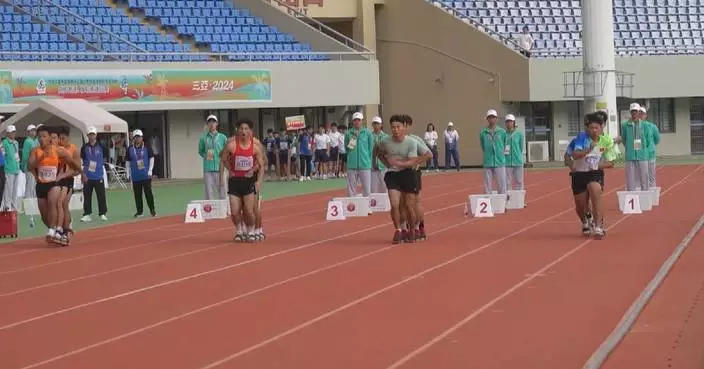China on Friday released a list of 236 Soviet Union aviation martyrs who gave their lives during the Chinese People's War of Resistance Against Japanese Aggression, according to the Nanjing Anti-Japanese Aviation Martyrs Memorial Hall in east China's Jiangsu Province.
Published on the official website of the Dr. Sun Yat-sen Mausoleum Administration Bureau, the list discloses the names, military positions and dates of birth and death of these Second World War martyrs.
After Japan's full-scale invasion of China in 1937, the Soviet Union was at the forefront of aiding China in air battlefields. Together with the Chinese, they fought against the invading Japanese forces, forging a deep bond through mutual support and friendship. Over 200 Soviet fighters sacrificed their lives on Chinese soil.
Currently, the names of 236 of these heroes are engraved on the monument in the Nanjing Anti-Japanese Aviation Martyrs Memorial Hall. The list was compiled and confirmed in 1995. However, information on most of them remains scarce due to limited historical records.
"We hope to harness the power of various sectors of society to help us gather more information about Soviet Union aviation martyrs. This will assist us in identifying those heroes who are currently not recognized on the memorials," said Dou Ruoqi, a staff member at the memorial hall.
In April, the memorial hall published information about 1,468 Chinese aviation martyrs. After verification and comparison, the information concerning 18 of them has been corrected.
In September, the memorial hall published a list of 2,590 American aviation martyrs during the war and added the name and information of an American pilot who died in China.
The Nanjing Anti-Japanese Aviation Martyrs Memorial Hall is the first memorial hall in China dedicated to international aviation martyrs during the war.
It houses a rich collection of historical materials documenting the joint efforts of air forces of China, the Soviet Union, the United States, and other countries during World War II to resist the Japanese invasion of China.
The names of nearly 4,300 heroes have been engraved on the monument in the memorial hall.

China unveils list of 236 Soviet Union aviation martyrs during WWII
As temperatures drop, winter tourism in the colder north of China heats up, with ski resorts in the north opening their slopes to enthusiasts and scenic destinations attracting visitors eager for mountain adventures.
The Yanqing National Alpine Skiing Center, a key venue for the Beijing 2022 Winter Olympics in the capital city's northwestern area, officially opened to the public on Saturday.
Since opening in 2022, the center has attracted skiing enthusiasts with new features while maintaining its role as a venue for professional events.
One of the center's main ski runs has been covered with artificial snow, with snowmaking continuing on other trails. Skiers have already arrived, eager to take their first runs of the season.
The venue caters to all levels, offering both challenging Olympic-standard courses and beginner-friendly slopes.
"Upon the foundation of last year's snow season, we have enhanced our commercial offerings this year by collaborating with many well-known restaurant brands. And a hotel, which was not in operation in the snow season last year will be open in the forthcoming snow season this year as scheduled," said Chen Hongyan, deputy general manager of Beijing National Alpine Skiing Co., Ltd.
As of now, the Yanqing Olympic Zone, home to the ski center, has hosted over 700,000 visitors. In addition, Beijing is organizing various winter-themed events and issuing snow sports vouchers to further encourage public participation.
Moving further north to northeast China's Jilin Province, ski resorts are also open, attracting skiers from across the country eager to experience fresh powder and enjoy the thrill of the season's first runs.
The Beidahu Ski Resort in Jilin City, one of the province's top destinations, has seen a surge in visitors, with 90 percent coming from outside the province. More than half of these visitors are from Beijing, Shanghai, and even south China's warmer Guangdong Province.
Pre-sales at the resort have so far reached 1.7 billion yuan (about 235 million U.S. dollars), tripling its figures compared to the same period last year.
To improve services to deal with the influx of visitors, the resort now offers 74 trails, enlarging its daily capacity to 20,000 visitors. Besides, the resort has also introduced various measures to enhance the skier experience.
For example, it has partnered with courier services, allowing skiers to ship their bulky equipment in advance, eliminating the need to transport it personally and ensuring it is ready at the resort upon arrival.
"Our parcel station, situated opposite the Beidahu ski lift station, handles over 100 snow gear shipments daily from across the country, including regions like east China's Jiangsu, Zhejiang and Shanghai, as well as from such remote regions like northwest China's Xinjiang Uygur Autonomous Region," said Wang Jinbao, head of the station.
In recent years, the resort has diversified its amenities, now hosting 48 businesses, ranging from equipment rentals and ski training centers to a wide array of dining options.
Meanwhile, to the west, the Gangshika snow peak in the Qilian Mountains of northwest China's Qinghai Province has become a hotspot for mountaineers. The peak, standing at 5,254.5 meters, is the highest in the eastern section of the mountain range.
"We just descended from the Gangshika snow peak after reaching the summit. We feel that the scenery is incredible, the weather is perfect, and the air is wonderfully fresh here in Qinghai," said one climber.
Since June, the attraction has seen over 13,000 climbers reach the peak, around 20,000 hikers participate in trekking activities, and more than 300,000 general tourists make a visit.

China's winter tourism booms with ski resorts, mountain adventures










